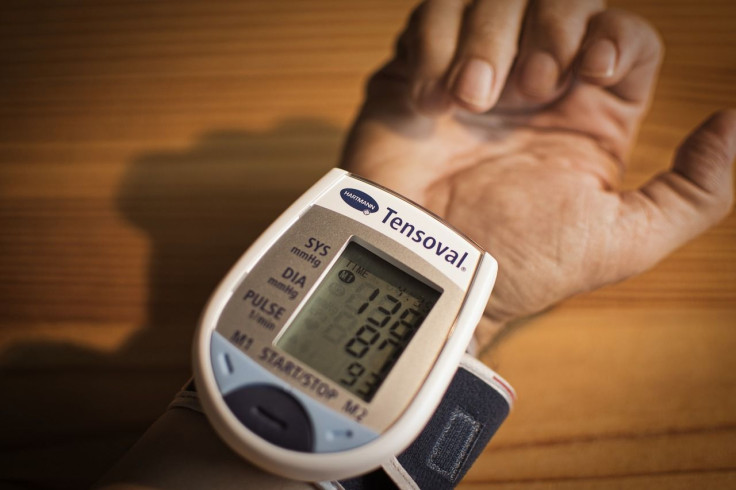Lower Your Blood Pressure Reading By Implementing This Minor Change In Your Home

KEY POINTS
- A new finding from a recent study about high blood pressure is quite surprising
- It revealed how the temperature inside the house could affect the blood pressure
- You might have noticed how there seems to be an increased number of high blood pressure patients are recorded during the winter
Data made available by various health organizations in the UK reveal that high blood pressure is widespread in the country, affecting more than one in four persons. The condition is characterized by the increase of pressure within the arteries, which is more than what is normal.
When left untreated, it increases your risk of developing other serious health conditions. Some of these conditions may be life-threatening, such as stroke and heart attack.
The main problem with high blood is you may not feel or experience any symptom at all, or if there are, you may easily dismiss them as a mere annoyance. This is why some medical professionals took to calling high blood as a silent killer because you may not notice it until your heart and arteries have suffered considerable damage. Fortunately, you can do something about it before it gets any worse. You just have to follow a simple tip to help in lowering your blood pressure reading and lower your risk of severe health complications.
A Simple, Yet Effective Change
Did you know that by turning up your thermostat a few degrees higher can help in managing your blood pressure? Many people may not be aware of this, but studies have proven that this is true.
In a new study conducted by medical experts, they discovered that low temperature indoors is linked to higher blood pressure. Their findings were published in the Journal of Hypertension.
According to Dr. Stephen Jivraj, a senior author of the study and a fellow at the UCL Institute of Epidemiology & Health Care, everyone should seriously consider their temperatures indoor. He revealed that their research revealed an increase in deaths from heart disease and stroke during the winter months. After further examination, they were able to establish that higher hypertension rates are linked to indoor temperatures.
Dr. Jivraj said that medical professionals should consider this fact when diagnosing patients with heart conditions and when making treatment decisions. He also said that while making lifestyle and diet changes helps in lowering high blood pressure, patients must also try to keep their homes a bit warmer.
The Study
Researchers compared blood pressure readings of participants in their own homes with temperature data. They discovered that for every one degree Celsius decrease in temperatures indoor, there is a corresponding rise of around 0.48 mmHg in their systolic blood pressure. An increase of 0.45 mmHg in diastolic blood pressure was also recorded at the same time.
Dr. Jivraj’s team also found that the effects of temperature on blood pressure are stronger among volunteers who appeared to be leading sedentary lifestyles. This shows that physical activity or exercising regularly could lessen the risk of living in cooler environments. Those who do not exercise have to keep themselves warmer to keep their blood pressure at normal levels.
© Copyright IBTimes 2024. All rights reserved.





















